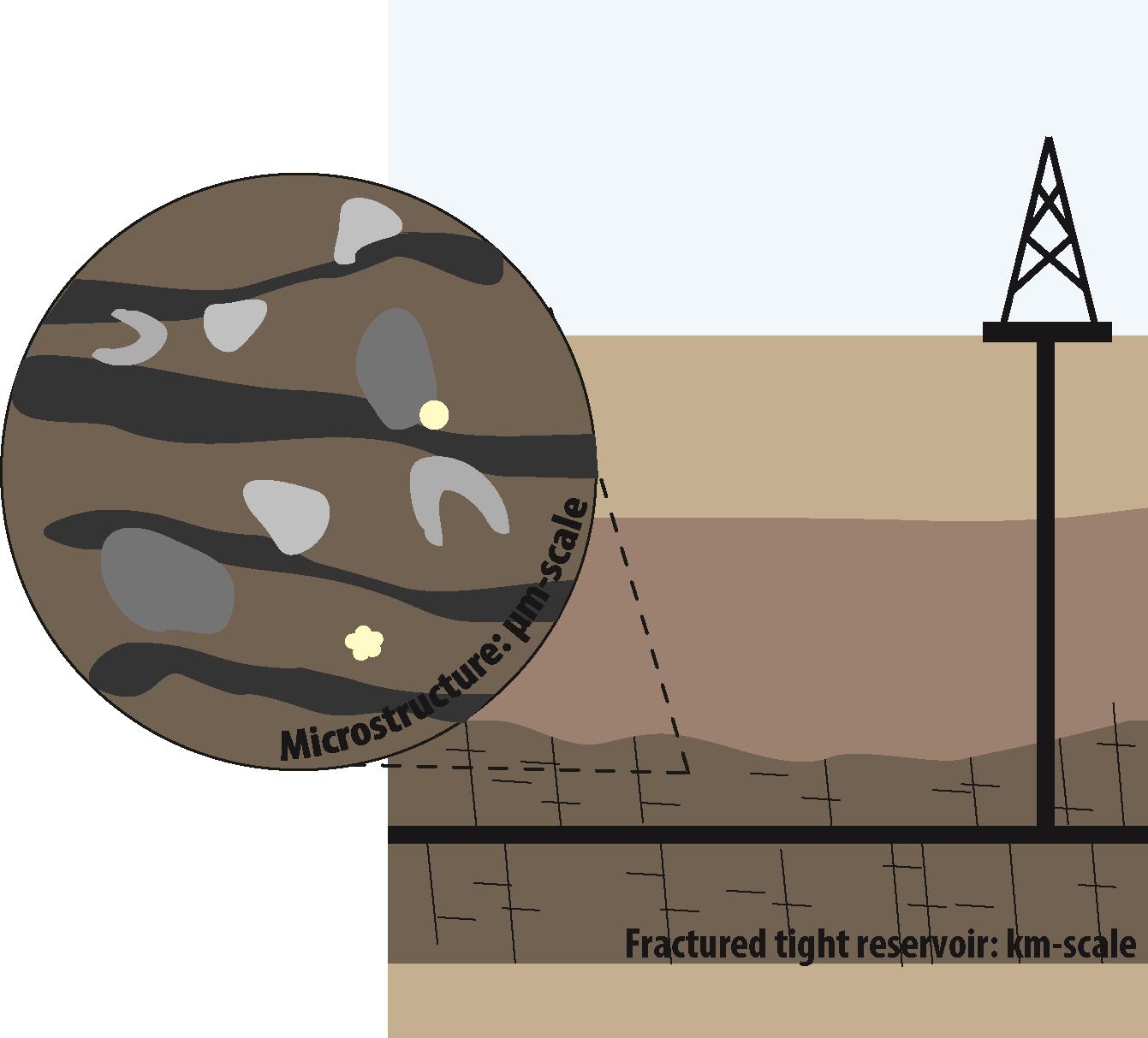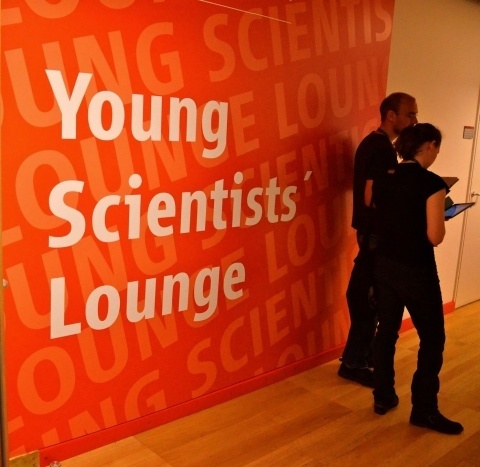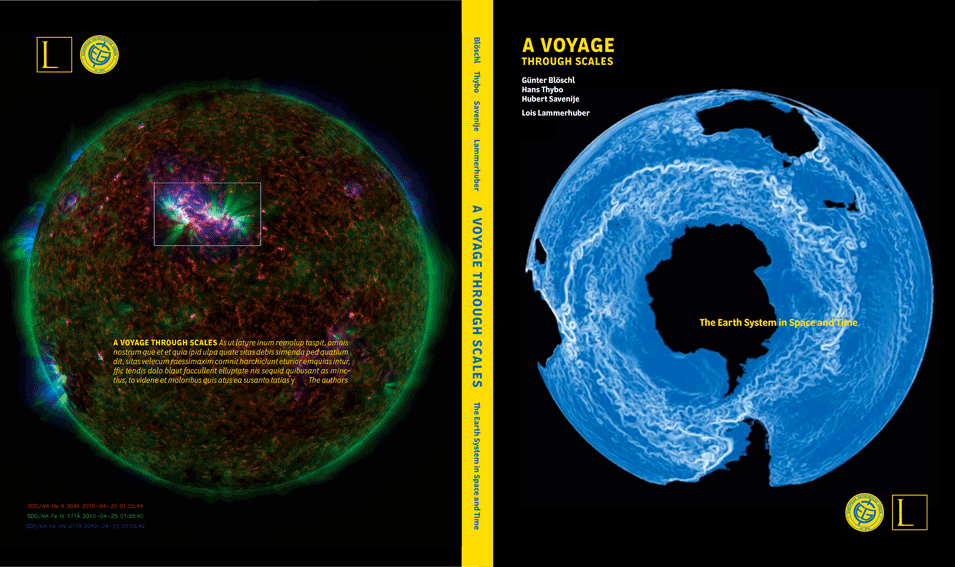Within a week the EGU General Assembly will kick off! This year the topic will be A Voyage Through Scales. For those that will attend for the first time, the scale of EGU itself may be impressive enough already. So how do you decide where to go? Here we hope to point you to a few interesting sessions, in case you get completely lost.
Today we asked Dr. Maartje Houben, one of the Young Scientists co-convening an ERE session, what we can expect from her session.
***
Fractures, mechanics and flow in tight reservoirs matter as well!
Unconventional oil and gas is often trapped in badly connected or even unconnected pores in the host rock (e.g. shales, tight sandstones). Hence, the presence of natural and/or induced fractures has become increasingly important in the exploitation of these natural resources. Especially in rocks with low matrix permeability’s the presence of fractures is crucial for reaching sufficient flow rates to economically produce hydrocarbons from these rocks. In addition, in order to extract heat or electricity from low-permeable geothermal reservoirs a natural or mechanical induced fracture network is also needed to improve fluid migration pathways into these reservoirs.
To discuss the interaction between fractures, mechanics and flow in all these tight reservoirs we organize the new ERE1.3 PICO session on Tuesday afternoon between 13 and 15 hrs. The session is a multi-disciplinary session and the contributors will give new insights through fast and interactive PICO presentations. A series of short 2-min madness presentations of each contribution will be followed by circa 1 hour of lively discussions in front of interactive PICO screens. The contributions will show (sub)surface fracture arrangements in tight reservoirs, either natural or modelled, and their relation to mechanical changes and changed flow behavior in these reservoirs on a multitude of scales.
Please join us on Tuesday afternoon for this exciting new session!
***
For those who are curious about what PICO is…



